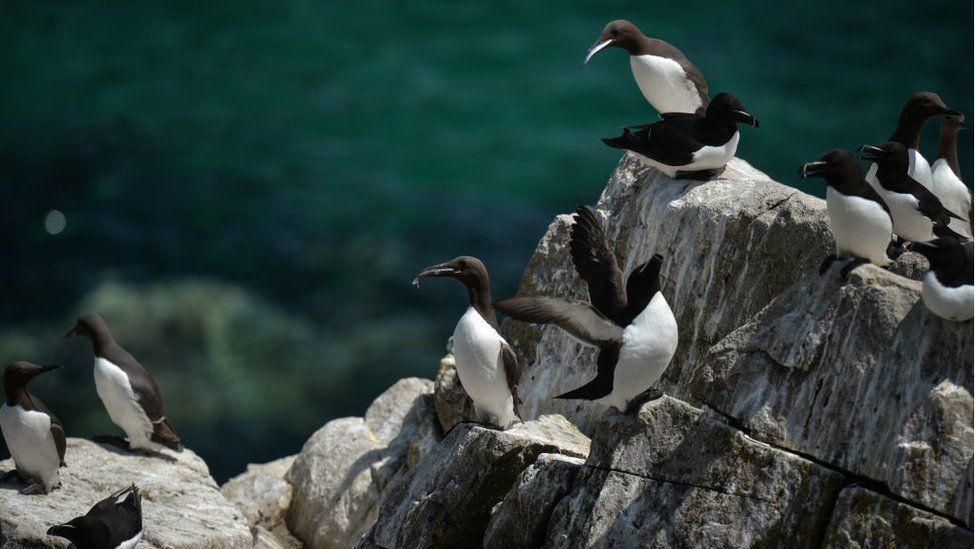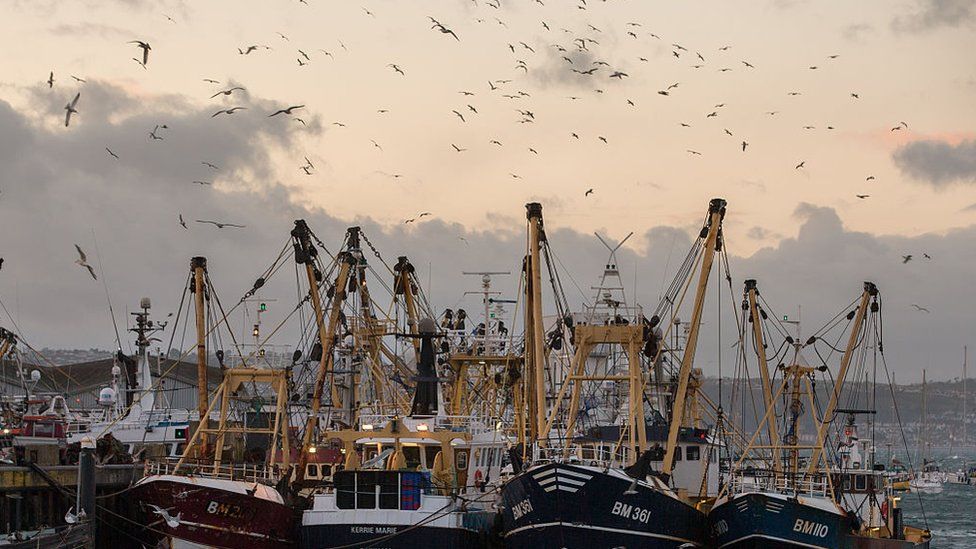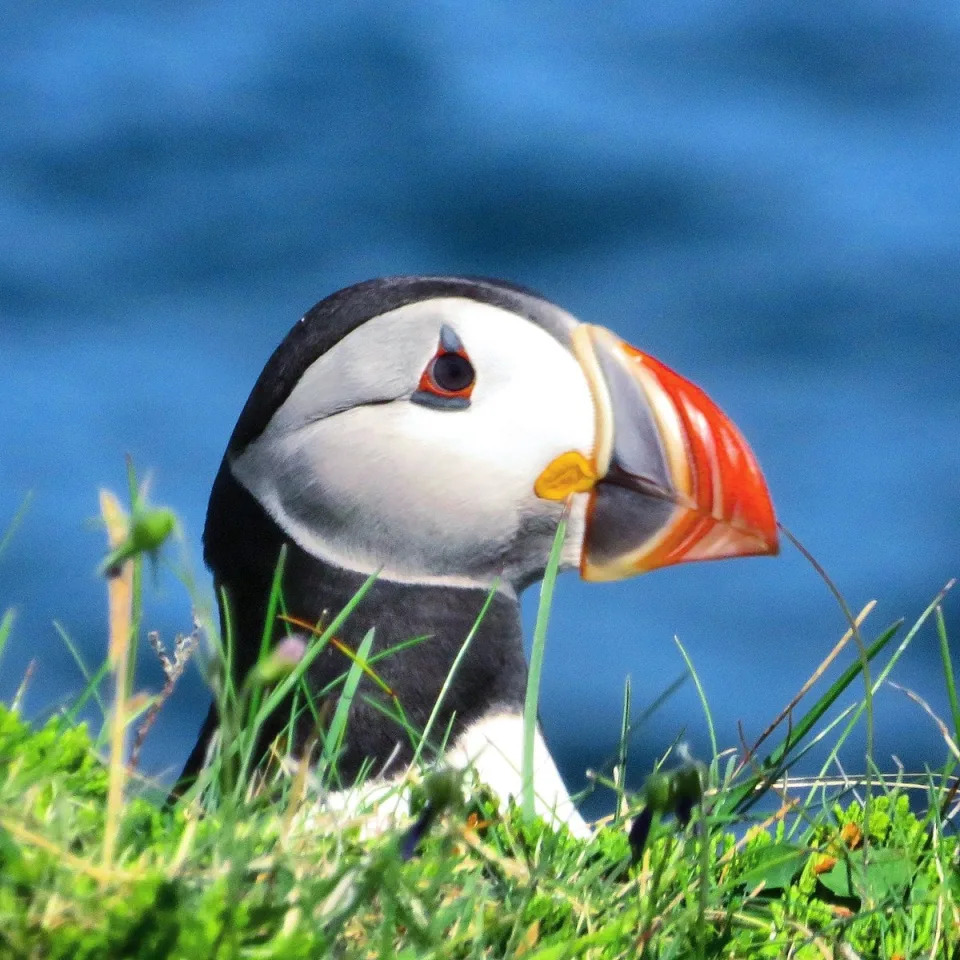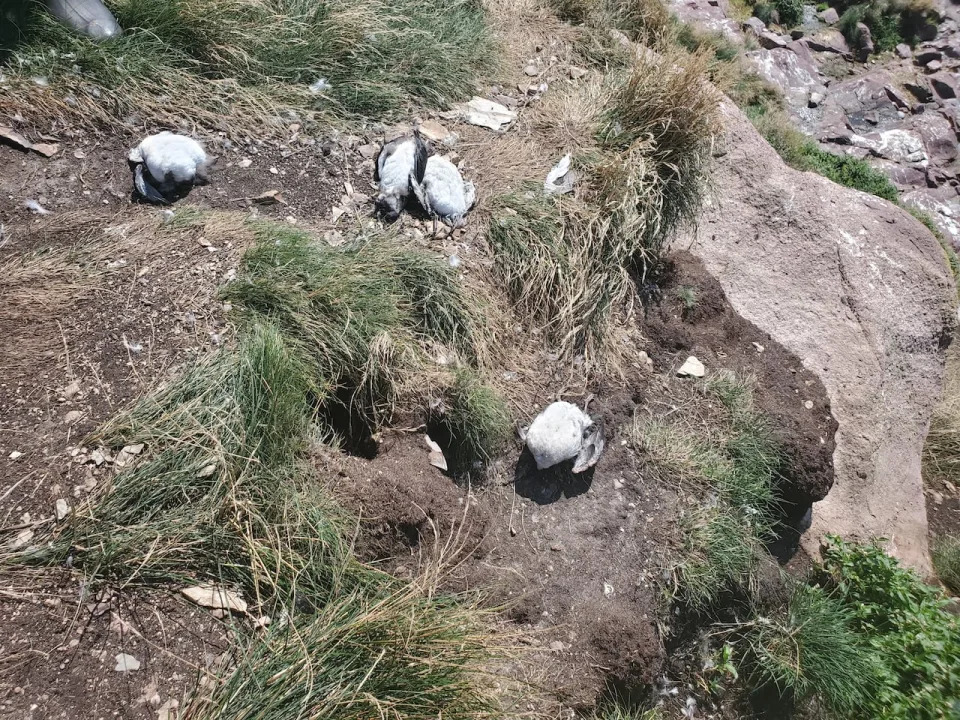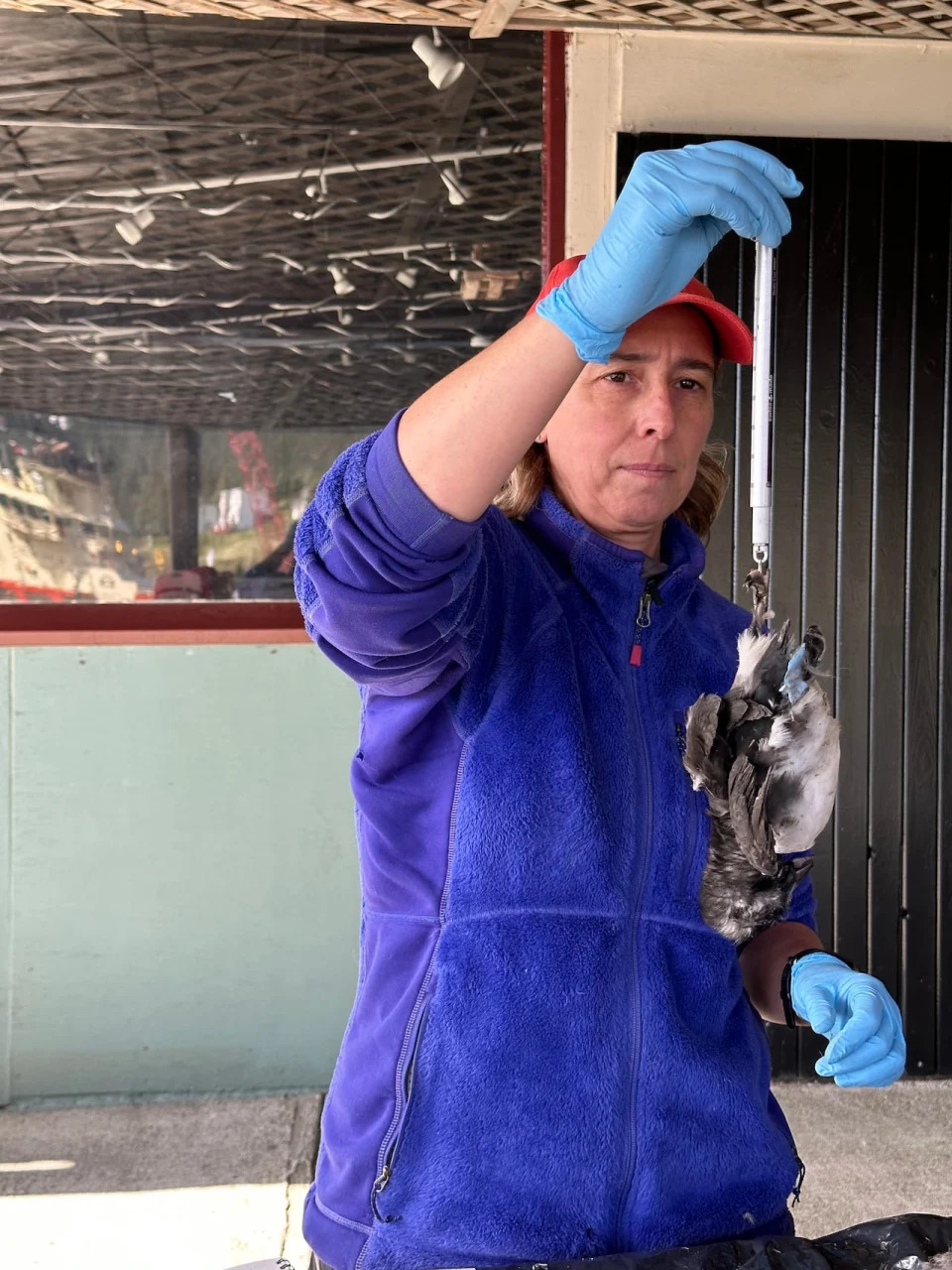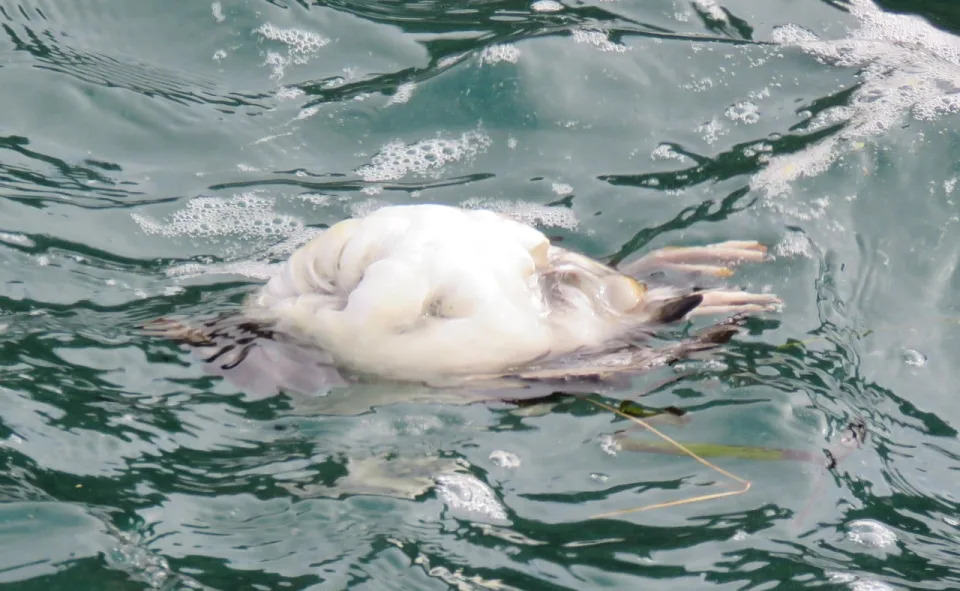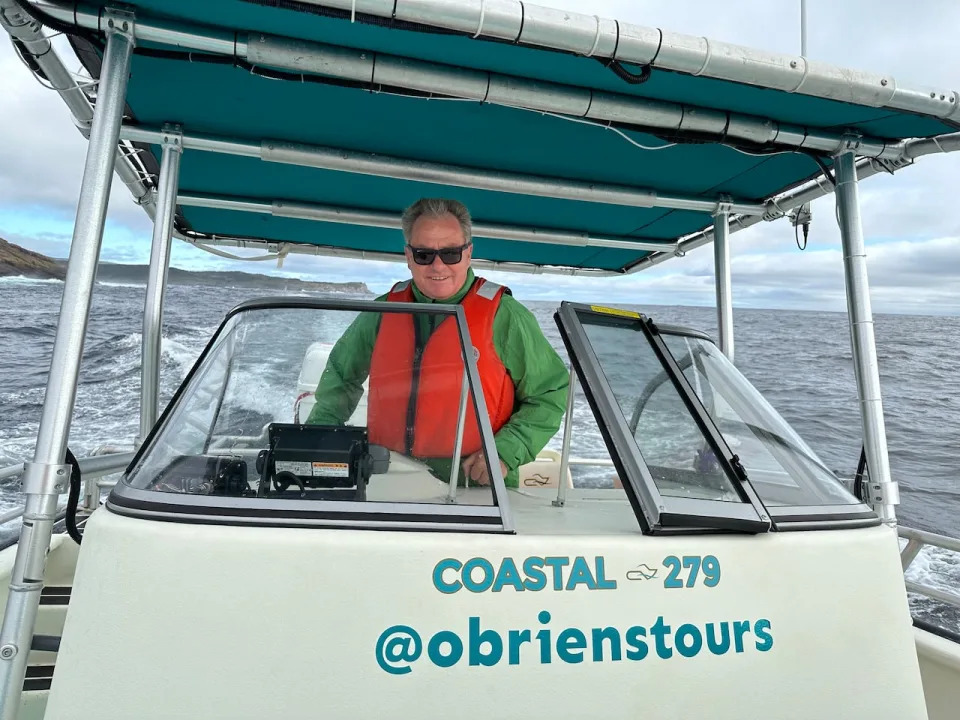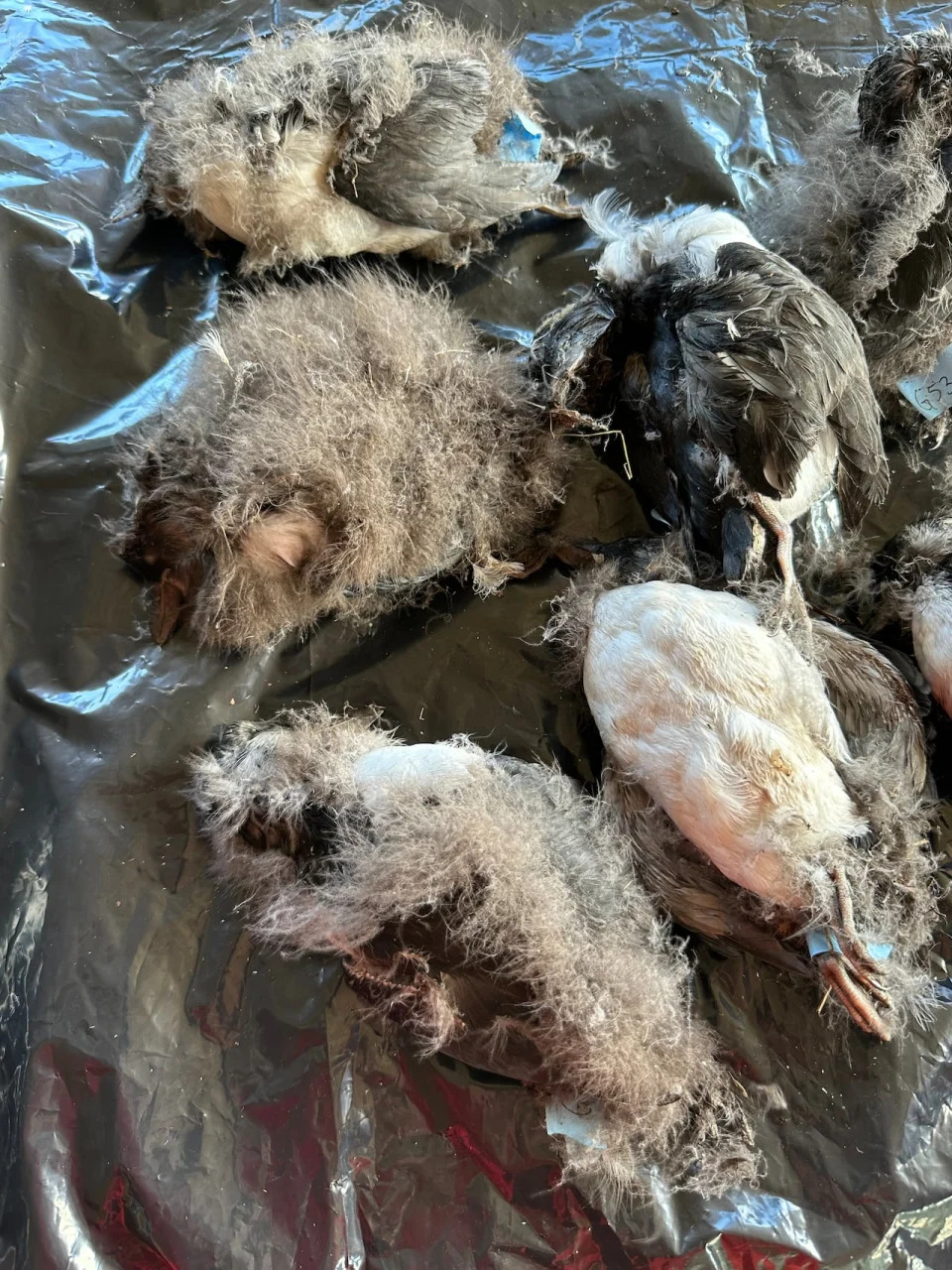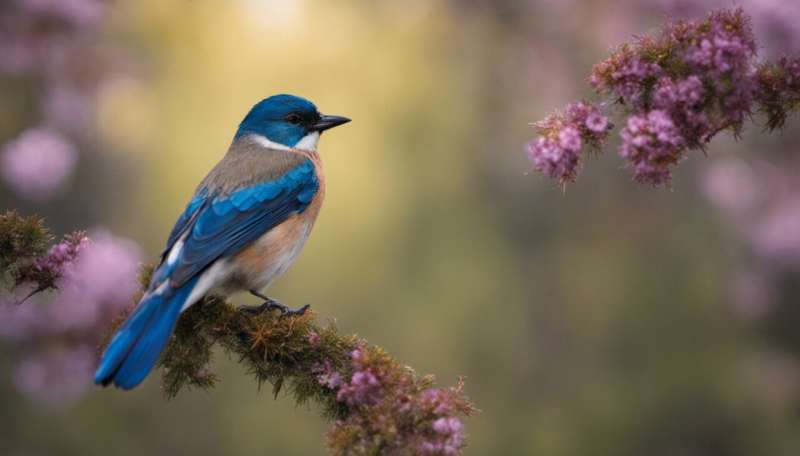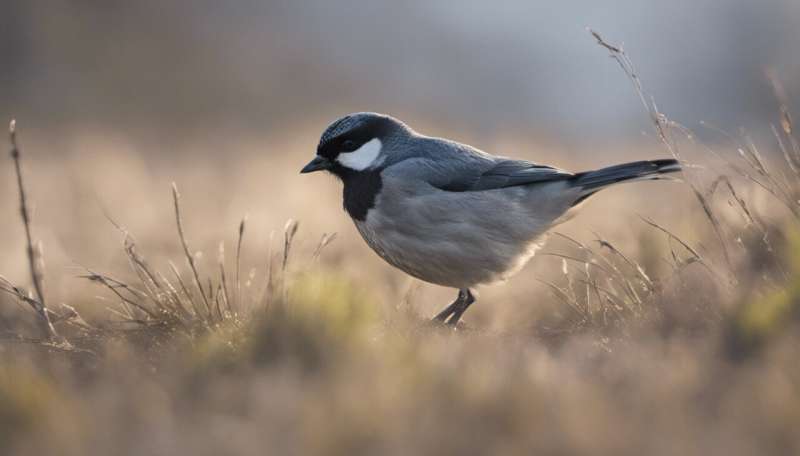Though increasingly influential in activist circles and policy discussions, the degrowth perspective on addressing climate change suffers from serious analytical and political flaws. We need a program of green growth to decarbonize the planet.
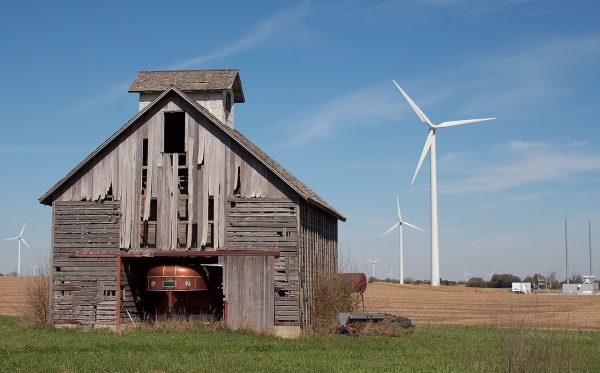
A barn and wind turbines in rural Illinois. (Wikimedia Commons)
Amid the French protests of May 1968, the idea of degrowth was born under the name décroissance. It quickly gained traction in Parisian Marxist circles with work from the likes of Austrian French philosopher André Gorz and others. When in 1972 the Club of Rome published The Limits to Growth, the term décroissance came to the mainstream.
Today décroissance is having another moment, this time under its English moniker, as degrowth enters both policy circles and popular discourse. It is, however, a distraction for left climate movements, one that we can ill afford when the world has such limited time to decarbonize.
Degrowth provides neither empirically grounded, actionable solutions nor a credible theory of social and political change. It suffers from four big problems.
1. Degrowth often confuses correlation for causation and overextrapolates from the past.
The strength of the degrowth movement comes from accurately recounting how wealthy countries developed through the use of fossil fuels. Fossil fuels and economies coevolved together: coal powered the earliest factories in the Industrial Revolution. Electricity then lit, connected, and expanded cities around the world. Oil and gas knit the post–World War II world economy together.
Economic growth, then, went hand in hand with the growth of emissions. The degrowth movement argues that while switching to green growth may be theoretically possible, sufficiently rapid decarbonization requires degrowth.
The focus on growth, however, may lead to confusing correlation for causation, and at worst distorting our policy priorities. Therefore, an elementary reminder is in order: carbon emissions come from burning carbon — they are CO2 emissions, not GDP emissions. To decarbonize, we need to replace carbon energy sources with clean energy, and repressing growth will not solve the problem of financing electrification and energy-input replacement.
This point may seem obvious, but many people seem to forget it and focus too narrowly on economic growth and GDP (which is of course a controversial indicator of well-being). Growth is contingent upon energy input, but that energy does not need to come from carbon. Those who argue that decoupling emissions from GDP cannot happen fast enough are extrapolating from the historic association of emissions and growth. If historical trends routinely and straightforwardly predicted our economic future, then much of the risk that we know to be endemic to the stock market and the financial sector would not exist, as the past would be a sure guide to what’s coming next.
2. Degrowth doesn’t acknowledge that redistribution can drive growth.
Degrowth requires political suppression of consumption and production. To offset the massive income reductions this would entail for poorer populations, many degrowth experts argue that this decrease in production and consumption should be accompanied by wealth redistribution.
At first glance, that proposal looks reasonable — we can decrease emissions and inequality at the same time. But simultaneously reducing growth and redistributing resources is not so simple. Redistribution to lower income groups or populations who have a higher propensity to spend can actually increase household consumption, which all other things equal may in turn increase emissions.
Redistribution is a worthy goal, but on its own it will not decarbonize the economy. Some nuanced degrowth writing focuses loss prescriptions on wealthier residents within rich countries and rich countries overall. This is sensible, but it ignores the emissions that are likely to come with emerging market economy (EME) development in countries like India. It also ignores the recoil of investment in EMEs that would result from reductions in consumption and growth in wealthy countries, which would tend to bring excess capital back home to the richer countries.
Degrowth advocates might argue that these problems could be addressed through national and global planning regimes, which could (e.g.) restrain households from increasing consumption too much and force capital to invest more in poorer countries. But the kind of state planning required to mitigate emissions and regulate behavior while reducing overall production and consumption would need to be a globally coercive regime, with otherworldly institutional capacities and knowledge. Imagine the surveillance and punishment apparatuses needed to constantly monitor people around the world to enforce production and consumption quotas. Few would voluntarily agree to this system; governments now are not even following through on relatively modest climate accords. Maybe a sacrifice of democratic governance would be worth it, as some have argued. But even if an authoritarian regime of global planning were justified, what social forces would have the capacity to institute one?
To be clear, this isn’t an objection to planning per se. To address the climate crisis, we clearly need a big dose of democratic economic planning that prioritizes ecological goals over profit. But large-scale planning becomes both more technically and morally fraught when it involves forcing most of the world’s population to accept lower living standards.
Historically, industrial transformations have required growth, and relatively lower growth in the context of such transformations has led to horrific casualties (e.g., the Soviet Union’s creation of famine in Ukraine during its industrialization drive in the early 1930s). Lower growth means more trade-offs and losses in a transition, meaning that new capital formation comes at the cost of greater suppression of consumption and thus of living standards.
This is because the new capital needed to transition has to come from somewhere. It can come from reallocating resources from traditional growth sectors (e.g., from agriculture to industry) or from a rising tide of growth that can improve the living standards of the majority. Therefore, a global investment boom is necessary to pay for decarbonization — not a decline in investment, as many degrowth advocates claim.
3. Degrowth adopts unjustified assumptions from orthodox economics.
Degrowth has a lot in common with carbon-tax advocacy. Carbon-tax supporters, like degrowthers, have advocated decreases in consumption as the way to decarbonization.
This approach has not gone well historically. The French government imposed carbon taxes without offering adequate substitutes for citizens (such as affordable electric vehicless or sufficient public transportation options); as a result, living costs increased for lower-income households who spent larger shares of their budgets on energy, and eventually widespread social unrest resulted.
The truth is that a narrow emphasis on reducing consumption is deeply rooted in orthodox economics. An orthodox economics perspective would claim that we must decrease consumption to decrease emissions. This outlook tries to predict the future by holding variables in the present constant. It assumes that resources and worker productivity are always being maximized and also that energy unit costs will not decrease.
Those are false assumptions: resource utilization, productivity, and energy costs change a great deal. Resource utilization can become more efficient over time; think about how small computers have become since the 1980s thanks to increasingly powerful microchips. Productivity and efficiency constantly vary. Why else would firms share information and techniques with each other in order to improve themselves on those measures? And energy costs can also decrease — look at the recent collapse in the price of solar.
This means that decarbonization through decreased consumption may not be necessary. In fact, carrots (economic gains) have had more political success historically than sticks (economic losses) when implementing climate policies.
Decarbonization will likely require massive investment. By the most sophisticated measures, global decarbonization will cost roughly $4 trillion per annum, and some version of state-led green growth is probably our best route. Such investment on a smaller scale is already increasing the availability of carbon-free substitutes in the United States and China. Degrowthers often focus too much on economic suppression when we need to acknowledge that electrification, energy replacement, and economic justice may require one last economic boom.
4. Degrowth doesn’t have an adequate theory of political transformation.
From the radical social reorganization of the Paris Commune to the policy outcomes that followed the civil rights movement, historians and social scientists have studied the conditions that lead to successful political transformation. To explain movement strengths or weaknesses and predict or evaluate movement successes and failures, many scholars will plug a movement into what they call a “political opportunity structure.” A political opportunity structure has three components: (1) public consciousness, (2) organizational or mobilizing strength, and (3) macro political opportunities.
What is the political opportunity structure of the degrowth movement? Despite academic chatter, the degrowth movement is irrelevant to most people in the world. To get a pulse of public opinion, I compared Google searches of “degrowth” versus “how to get rich.”Google searches for “degrowth” versus “how to get rich.” Note: On y-axis, the value of 100 indicates peak popularity. Explore more here. The recent peak in “how to get rich” searches represents the Netflix release of a show under that name.
Not only do most people prioritize growth and prosperity over addressing climate change (as discussed throughout), but most people also do not know or care about degrowth. The degrowth movement fails in the arena of public consciousness in both opinion and salience.
Things look even more dire when examining other aspects of the movement’s political opportunity structure. There is no major social movement organization or institution centering degrowth in its platform. If such organizations do exist, they have feeble resources and networks, which are key ingredients for movement success. The civil rights movement, for instance, boasted black colleges, churches, and activist organizations (the National Association for the Advancement of Colored People, the Southern Christian Leadership Conference, the Student Nonviolent Coordinating Committee, and the Congress of Racial Equality) tied together through strong networks and alliances. Degrowth has no natural constituency, and creating it would require a global-scale transformation of political consciousness.
Finally, the macro political conditions to support the movement are not present. There are no political regimes interested in advancing the movement. Not even the European Union, arguably the international bloc most committed to decarbonization right now, is interested in degrowth. At the “Beyond Growth” Conference, European Commission president Ursula Von der Leyen stated, “A growth model centered on fossil fuels is simply obsolete” and called for “a different growth model that is sustainable far into the future.” She’s talking about green growth, not degrowth.
Furthermore, studies find again and again that democracies prioritize economic prosperity over real decarbonization. Economic growth can enhance people’s quality of life (barring wars, or the trend of wealth concentration outpacing growth that Thomas Piketty has documented). National governments are legitimized by growth, and when they fail to provide it, there are political consequences.
If economic stagnation often leads to explosions of anger at the status quo in wealthy countries, imagine how emerging market economies will deal with forced degrowth (those countries’ growth rates in the coming years are projected to dwarf those of advanced market economies). It is hard to believe that emerging economies will accept nondevelopment for the sake of climate goals. (No wonder social scientists in BRICS and non-OECD countries favor green growth over degrowth.)
Degrowthers might reasonably retort that proponents of green growth policies also lack the public consciousness, organizational or mobilizing strength, and macro political opportunities to win meaningful change. The difference is that the vast majority of society has an interest in an egalitarian green growth agenda along the lines of the Green New Deal, because they stand to benefit from a massive public investment in green jobs, infrastructure, and public transportation that would raise their standard of living. And organized workers in strategic sectors like electricity and auto have the structural leverage to win key climate demands.
In other words, the broader climate movement has a potential coalition with the interests and capacity to achieve its goals — but it still needs to be organized. That means a green growth program has a plausible potential “political opportunity structure,” unlike degrowth.
What’s at Stake?
Despite degrowth’s unclear prospects of achieving decarbonization and lack of a plausible popular constituency, many smart people have been distracted by it. Instead of trying to convince everyone that we need to fight economic growth, there are more immediate practical problems that those who want a green transition need to attend to. To name a few:Financing emerging market economies. EMEs cannot afford to abandon fossil fuels and fund the green transition with their own balance sheets.
Ending austerity in wealthy countries. Rich countries can afford decarbonization already. But they have been stymied by neoliberal ideologies and policy approaches that have prevented them from using the power of the state and public investment to transform their economies.
Compensating losers in the transition. Households with higher energy costs and workers and regions reliant on carbon-intensive industries will need support, in the form of welfare programs, job training, and so on as economies transition away from fossil fuels.
Critical mineral extraction. How can we harvest critical minerals to build green technologies without abusing labor and destroying ecosystems?
Using the power of “the big green state” to achieve a just transition. If private capital is in the driver’s seat for the green transition, there is the danger that public goods could be privatized, key goals could be sacrificed for quick profits, and inequality could worsen. And not all decarbonization is profitable. How do we do green planning to ensure a transition that serves the public rather than private interests?
Addressing geopolitical challenges. Some countries are either apathetic about climate change or have assets that are directly threatened by decarbonization (e.g., petrostates). How do we get them to decarbonize?
These are just a few of the critical problems we face moving forward with decarbonization. Limited time means we must place bets and prioritize solutions to them now. Degrowth may be an appealing idea for morally committed left academics and activists. But it is not a serious path forward for the climate.
This work has been made possible by the support of the Puffin Foundation.
Daniel Driscoll is a postdoctoral researcher at Brown University’s Watson Institute for International and Public Affairs. Starting fall 2024, he will be an assistant professor in the department of sociology at the University of Virginia.

